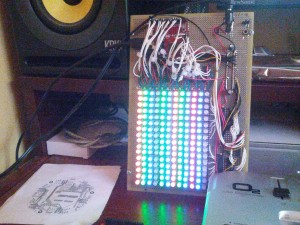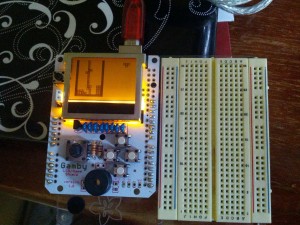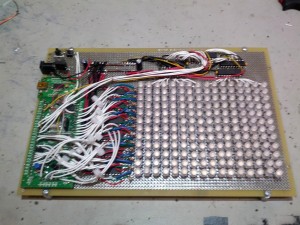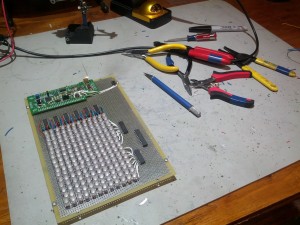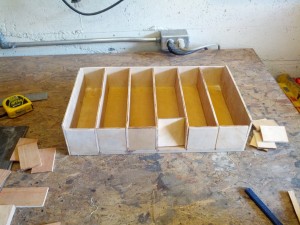The commute: I think I can deal with it
The only thing that really worried me about this job with Mylo was the fact that I’d be commuting across the lake again. When I was working for Microsoft, the grueling trek across 520 was a great way to ruin any day. Doing it on a motorcycle gave me just enough of an advantage to make it bearable, most of the time, but it was still pretty bad; on days I had to drive a car, it was so frustrating that – well, I don’t even want to talk about that, really. It was not a good part of my life.
I felt good the day I freed myself from that job and went roaring west down 520 for the last time. The sun was shining and the traffic clear, and I swore I’d never ever ever do it again, no matter how much money anyone offered me – money simply can’t buy back all the time I spent feeling frustrated and unhappy on that godforsaken highway.
Four years later, here I am again, working for a company on the Eastside, but this time I’m crossing via I-90 and not SR-520. The commute is actually longer this way – 12 miles instead of 10, and it was 10.5 to Microsoft – but so far it’s not half so unpleasant. The morning ride eastward is a breeze. 90 gets a little congested right at the beginning, but it only slows to 45 mph or so, and the nearly-empty HOV lane across Mercer Island gets me going up to 85 mph, or faster if I want. Whoo!! Going to work is actually fun!
There’s always a back-up on the ramp from 90 to 405, since 405 is always thoroughly clogged, but the bike makes it easy to squeak in at the last minute and then pop back out a couple hundred yards later. A quick triple lane change on 405 gets me into the HOV lane, then I’m back up to 60 mph for two miles, where a special HOV-only offramp dumps me onto NE 4th just a couple of blocks from the office. It is fully sweet and I really cannot complain.
The ride home is much worse, and I haven’t found a satisfactory route yet. There’s only two miles of 405 between the on-ramp from NE 8th and the intersection with I-90, but traffic crawls along so slowly that my speedometer doesn’t even register it as motion. After the mile of misery, there’s a mile of HOV lane leading to the I-90 offramp, but that’s slim consolation after sitting in the rain barely moving for 15-20 minutes…. The solution might be to skip 405 altogether and go straight down Bellevue Way to the I-90 on-ramp. It has stoplights and a low speed limit, but at least it moves.
I-90 westbound is great until the HOV lane peters out halfway across Mercer Island, dumping me back in with the rest of the traffic for the last 2 miles. This seems to be obnoxious but acceptable at around 5 pm, but it was fully terrible yesterday when I left around 6. Tonight I’ll try cheating my way past it by taking the HOV-only exit at 80th Ave, then re-entering via surface streets at the Mercer Way on-ramp.
We’ll see how I feel about this whole business after a few more months of rain, but for now I feel like I can handle it.
I observe that people at Mylo feel free to work from home – there are only two other people in the office today, and one only showed up midafternoon. I should be able to take a break from the commute any time it starts to feel oppressive.
postscript: Bellevue Way is no improvement: it clogs up at the intersection with 112th Ave, and the on-ramp to I-90 is metered, with no HOV bypass. Using Mercer Island surface streets to skip past the tunnel works great though.


